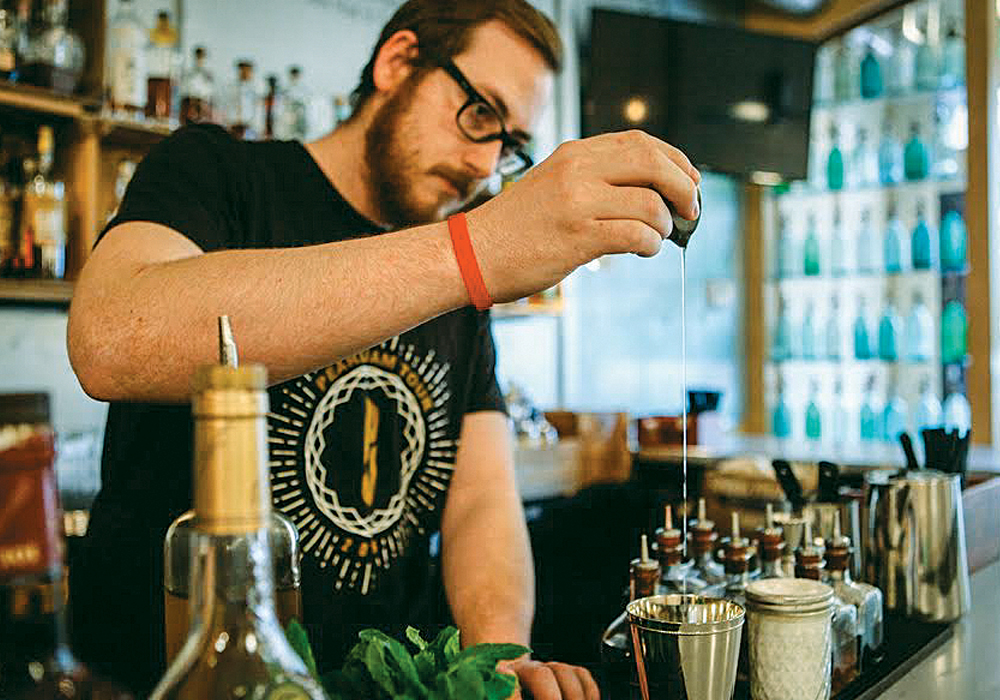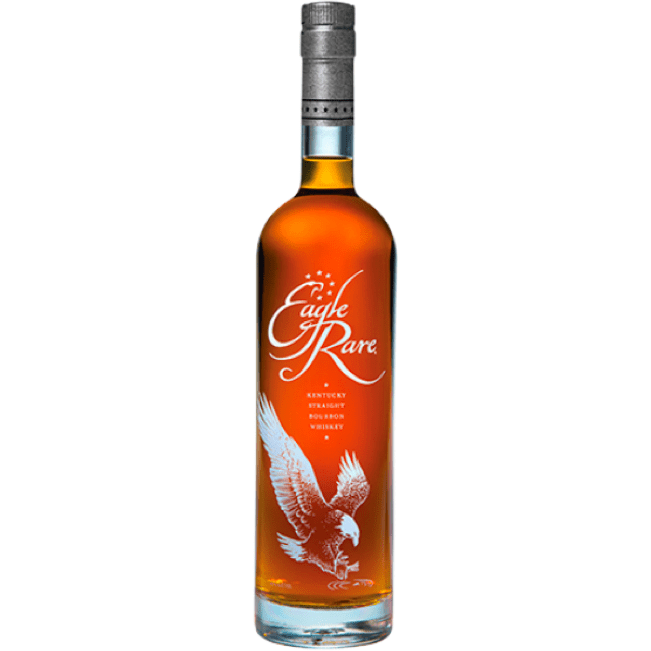Current Trends In American Whiskey At Bars And Restaurants
Editor’s Note: Trends in the alcohol industry so often start at on-premise businesses. That’s why we occasionally provide Beverage Dynamics readers with content posted from our sister publication, Cheers, which covers bars and restaurants. Such as this piece:
Whiskey made in the U.S. is a lot like the country itself: Confident, proud and made up of many diverse components. And just like the fabric of American ingenuity, history plays a key part in whiskey production, with big brands crafting bourbon and rye from recipes that date back a few hundred years.
Yet many U.S. whiskey producers are now throwing tradition out the rickhouse door and playing around with different mash bills and maturation methods. Also added into the mix are cocktails, which give American whiskey another way to shine.
“The American whiskey market is booming,” says Paul Taylor, bar manager for Southern Efficiency in Washington, D.C. The whiskey bar carries about 157 whiskeys, priced from $3 to $50 an ounce.
Most of the whiskeys are from the American South, though the selection includes brands from across the U.S. and around the world. “It’s exciting to see smaller distilleries pop up and show a sense of place, almost like terroir in wine,” Taylor notes.
Smaller distilleries are represented on the menu by producers such as Catoctin Creek Distillery Co. in Purcellville, VA; Southern Efficiency carries its Roundstone Rye ($5.50 an oz.), the Rabble Rouser Rye ($9) and the Kings Mountain Malt ($16). The bar also stocks bourbon ($9) and rye ($11) from Few Spirits, a craft producer from Evanston, IL.
“It only take me a couple of minutes to get to a distillery from my bar,” notes Taylor. “These distilleries are popping up all over the place and allow larger groups to have access to the distillation, aging and bottling processes.”
Purists and Geeks
American whiskey drinkers can be placed into two camps, according to Mike Raymond, the cofounder/co-owner of Reserve 101. The upscale whiskey bar in Houston, TX, carries more than 100 whiskeys priced from $6 to $175.
“First there is the whiskey purist, who wants older, cask strength and served neat,” Raymond explains. “The other spectrum is the ‘craft’ cocktail geek, who is looking for bottled-in-bond bourbons or ryes along with vintage expressions.”
Raymond notes that the “premiumization” of some whiskeys—and the price tags to match—may cause consumers to push back and retreat to another whiskey category. So it’s definitely a consideration as the market grows.
Smaller distilleries are percieved as producers of “craft spirits.” While there’s no legal definition of craft, these spirits enable consumers “to buy and drink something very new to them, and have something to introduce to friends they likely have never tried either,” says Andrew Abrahamson, director of operations for the 213 Hospitality Single Spirit Bar Group.
The Los Angeles-based company operates a variety of concepts including Seven Grand, with locations in Los Angeles and San Diego. The comprehensive whiskey bar carries 313 whiskies at the former location, and 341 at the latter, priced from $8 to $137.
“The microdistilleries are pushing the envelope on what we should expect—crazy peated whiskies, barrel finishes and technical tweaks with the stills, fermentations and distillation proofs,” Abrahamson points out. Seven Grand carries unique spirits like Lost Spirits Ouroboros ($15), a 100% California single malt that’s peated and matured in sherry casks, and Corsair Triple Smoke ($13), which is comprised of three fractions of malted barley, each smoked by a different fuel: cherry wood, peat and beechwood.
Taylor also likes the barrels that American distillers are using to finish their whiskey. “What was once used primarily by Irish and Scottish producers has made its way across the ocean,” he says. “It’s becoming a way for new distilleries—ones that are predominantly sourcing whiskey—to put their own unique stamp on it.” He cites local distillers like D.C.’s One Eight Distilling’s Untitled Whiskey Series, and Jos. A. Magnus Straight Bourbon Whiskey.
But don’t discount the big whiskey producers, which have the swagger—and the budget—to churn out great spirits year after year. “The classic greats are doing what they do best,” notes Abrahamson, “releasing whiskies of incredible balance and depth of flavor that we all know and love.” So Seven Grand stocks tried-and-true brands, such as Maker’s Mark 46 ($10/oz.), Old Forester Signature ($9), and Eagle Rare 10 Year Bourbon ($10.)

Domestic Single Malts
American single malt whiskeys bridge the gap between bourbon and rye and bottles made across the pond in Scotland. Raymond says they are an exciting segment of the category, represented on Reserve 101’s menu by brands such as St. George (California), McCarthy’s (Oregon), Balcones (Texas) and Westland (Seattle).
“I think [American single malts] are good, and getting better every release,” says Abrahamson. Comparing them to the drams coming out of Scotland, Japan and Ireland, who have been at it for generations, would be apples and oranges, he admits.
But American single malts are worth a look and definitely improving in quality—and increasing in availability. Taylor is particularly impressed with Westland Distillery’s Sherry Wood. which is matured in casks that once held Pedro Ximénez and oloroso sherry.
Rye Back In Style
Rye, the pre-Prohibition spirit, made a major comeback a few years ago, when classic cocktails started to rule drinks lists. According to Hani Gabr, the beverage manager of the Village Whiskey bar in Philadelphia, the rye whiskey category is hotter than ever.
“American rye is making a strong push for being the spirit of choice lately,” Gabr declares. “In cocktails it adds a little extra dimension that you don’t always get with bourbon.”
Part of the Garces Group, Village Whiskey stocks 100 American whiskeys, priced from $5 to $30. To encourage exploration, Village Whiskey offers a Pennsylvania Rye Flight ($26), with three 1-oz. pours of Social Still Rye, Dad’s Hat Straight Rye and Kinsey Rye.
Two cocktails on the Classic side of Village Whiskey’s menu feature rye. The Scofflaw ($12) shakes up rye with dry vermouth, house grenadine and lemon, while the Brooklyn ($14), stirs it with dry vermouth, maraschino liqueur and Amaro Torani.
The South Broad ($12), on the Contemporary section of the list, mixes rye with Strega, Lillet Rosé, raspberry syrup and lemon. And a recent cocktail of the month, Clermont Lemonade ($12), combines Jim Beam rye with lemon juice, blueberry juice, mint and honey, topped with club soda.
The post Current Trends In American Whiskey At Bars And Restaurants first appeared on Beverage Dynamics.



